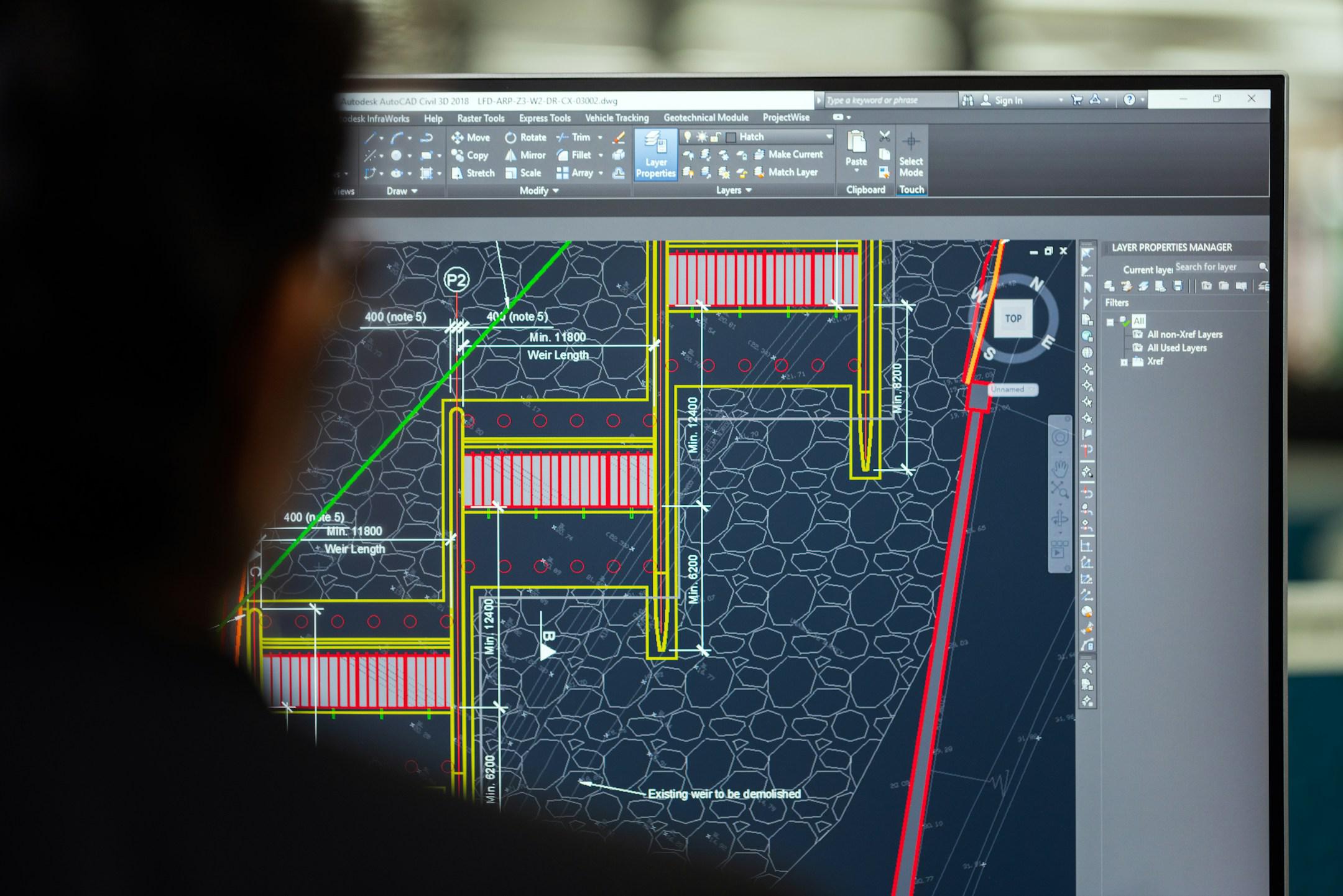
Ensuring that processes meet established standards and consistently yield high-quality results is paramount in production engineering. This is where process validation comes into play. Simply put, process validation is the documented evidence that a system or process consistently produces a product meeting its predetermined specifications and quality attributes. Organizations can minimize risk, maintain compliance with regulatory requirements, and enhance product reliability by validating processes.
This blog post will guide you through the essential aspects of process validation and provide actionable tips to optimize your validation efforts. We’ll start by clarifying what process validation entails and its significance in production engineering. Then, we will outline the key steps you should follow in your validation journey.
Process validation is a critical aspect of production engineering that ensures manufacturing processes consistently yield products meeting specific quality standards. At its core, process validation involves a series of documented activities that confirm the reliability and consistency of these processes. By validating a process, organizations can minimize variations and defects, thereby enhancing the overall quality and safety of the final product. This validation adheres to regulatory requirements and builds trust with customers, ensuring that products are manufactured to the highest standards.
The significance of process validation extends beyond compliance; it’s integral to product development and lifecycle management. By identifying potential issues early in the production process, companies can save time and resources that might otherwise be spent on rework or product recalls. Furthermore, robust process validation instills a culture of continuous improvement within an organization, allowing teams to monitor and optimize processes over time.
The process validation journey begins with defining the scope and objectives. It’s essential to establish specific criteria for success, including the desired quality attributes and performance outcomes. Next, gather all relevant documentation, such as process maps and standard operating procedures (SOPs), to comprehensively overview the existing workflows. Collaborate with cross-functional teams, including quality assurance, production, and supply chain, to ensure each aspect of the process is represented and understood. This collaborative effort lays a strong foundation for effective validation planning.
Once the groundwork is set, move on to the development and execution of the validation protocol. This protocol should detail the methods and criteria for process qualification, including identifying critical process parameters (CPPs) and critical quality attributes (CQAs). Execute the validation tests per the established protocol, carefully documenting results at each stage. After data collection, a thorough analysis will be performed to assess whether the process consistently meets predefined specifications. Finally, summarize your findings in a validation report highlighting successes, challenges, and necessary corrective actions for continuous improvement.
Start by establishing a clear validation strategy that aligns with industry standards and regulatory requirements. You’ll want to ensure that all stakeholders, including production engineers, quality assurance teams, and management, are involved early in the planning phase. Having a collaborative approach like this fosters a shared understanding of expectations and success criteria. Document everything meticulously, as comprehensive documentation serves as a foundation for validation and a valuable reference for future projects. The clearer the records, the more streamlined and efficient your validation process will become.
Regularly review and update your validation protocols to keep pace with technological advancements and evolving industry regulations. Incorporate continuous training for your team to ensure they remain well-versed in the latest validation techniques and tools. In addition, you should employ a risk-based approach to prioritize your validation efforts based on the complexity of processes and potential impact on product quality. Utilizing automation tools can also enhance efficiency, minimize human error, and facilitate real-time monitoring, thus accelerating the validation process without compromising precision.
Production engineering has become essential to manufacturing processes in today's business environment. It allows companies to improve efficiency, reduce costs, optimize manufacturing, improve product quality, and foster innovation, leading to sustainable growth.
When you need a partner for engineering consultation, contact the experts at Bothwell Engineering. Our dedicated team of engineering professionals has a vast network of peers in the industry to support any engineering need. Contact us today.